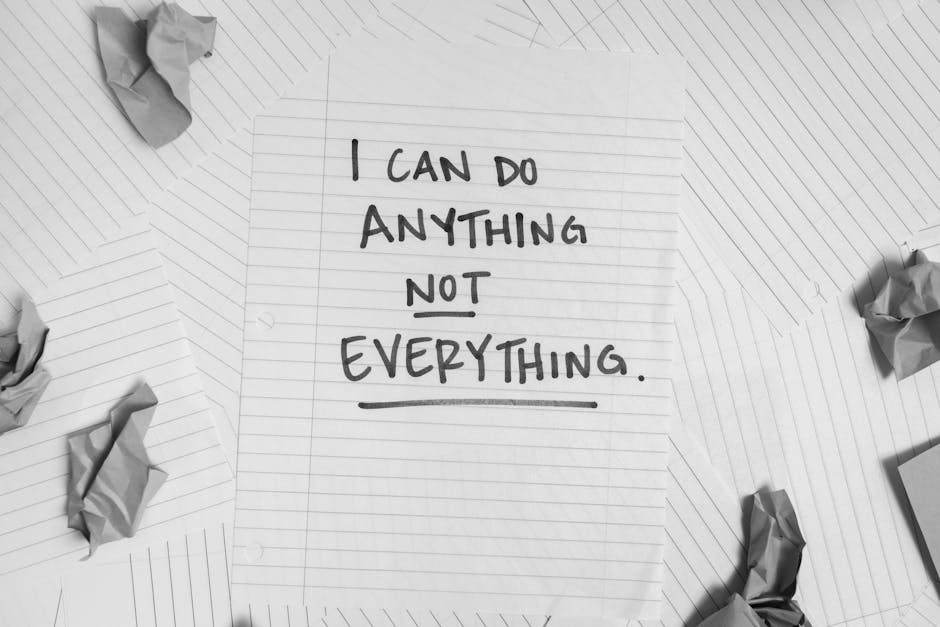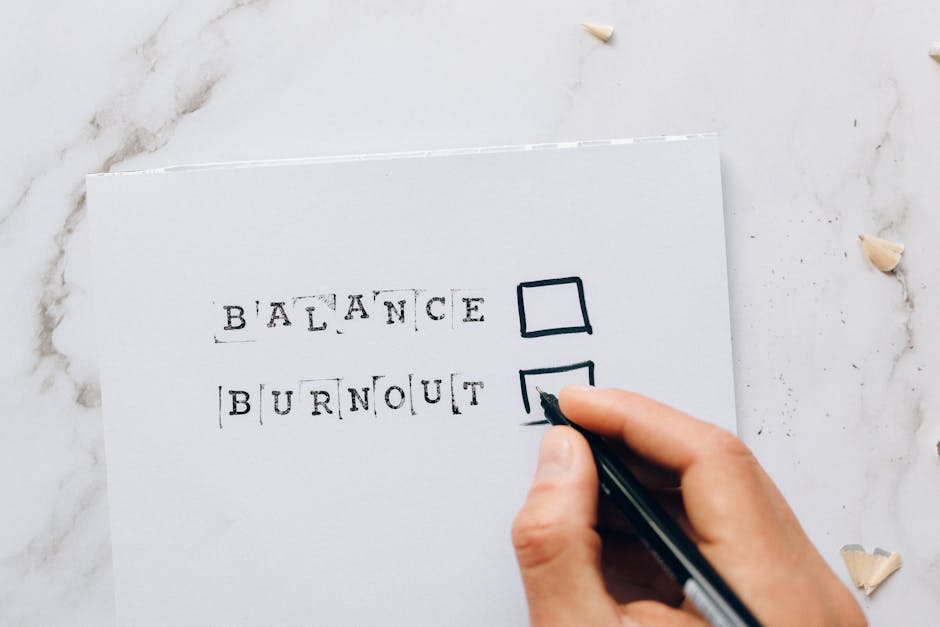How to Combat Burnout with Balance
Did you know that nearly 76% of American workers experience burnout on the job? It’s a staggering statistic that highlights how common this issue has become. But, what can you do about it? In this article, well explore practical ways to find balance in your life and effectively combat burnout.
What is Burnout?

Burnout is more than just feeling tired. it’s a state of emotional, physical, and mental exhaustion. It often results from prolonged stress. Common signs include:
- Feeling drained all the time
- Reduced performance at work
- Loss of motivation
Understanding what burnout is can help you recognize it’s signs early on. This way, you can take steps to restore balance before it worsens.
What Causes Burnout?

Burnout doesnt happen overnight. It can build over time due to various factors:
- Heavy Workload: Constantly being busy can wear you out.
- Lack of Control: Feeling powerless in your job or personal life can lead to frustration.
- Unclear Expectations: When you’re not sure what’s expected of you, stress can spiral.
By pinpointing the causes of your burnout, you can tackle them head-on.
How Can You Combat Burnout?

Finding balance is key to fighting burnout. Here are some effective strategies:
1. Set Boundaries
it’s vital to know your limits. Make a habit of saying no when you’re overwhelmed. This could mean:
- Declining extra work projects
- Limiting social commitments
- Designating specific work hours
Clear boundaries help you manage your time and energy better.
2. Prioritize Self-Care
Neglecting self-care can lead to burnout. It’s essential to take care of yourself. Try to incorporate these activities into your routine:
- Regular exercise
- Mindfulness or meditation
- Healthy eating habits
Even small changes can make a big difference. For example, a 10-minute walk during your lunch break can refresh your mind.
3. Foster Supportive Relationships
Surround yourself with people who lift you up. Friends and family can provide emotional support. Share your feelings with someone you trust. Open conversations can lighten your load.
4. Take Breaks
Taking breaks is essential for maintaining energy. Consider the following:
- Short breaks during workstretch or grab a snack
- Longer vacations to completely disconnect
- Time off on weekends to recharge
Breaks can help you return to tasks with renewed focus.
Is Work-Life Balance Possible?

Many wonder if they can achieve a true work-life balance. The answer is yes, but it requires effort and intention. Here are some tips:
- Schedule downtime: Just like you schedule meetings, set time aside for yourself.
- Limit work emails: Avoid checking emails during personal time.
- Communicate your needs: Let your employer know when you need flexibility.
Balance isn’t about perfection. it’s about making small changes that lead to a healthier lifestyle.
What Can Employers Do?
Employers play a crucial role in preventing burnout. They can help by:
- Encouraging open communication
- Recognizing employee achievements
- Providing resources for mental health
Workplaces that prioritize employee well-being see higher productivity. it’s a win-win situation!
How to Recognize Burnout Early
don’t wait until you feel overwhelmed. Watch for these early signs:
- Increased irritability
- Frequent headaches or stomach issues
- Feeling disengaged or apathetic
Addressing these signs early can help prevent burnout from taking hold.
What About Mindfulness?
Mindfulness can be a powerful tool in combating burnout. Heres how it helps:
- Reduces Stress: Mindfulness practices calm the mind and decrease anxiety.
- Increases Focus: Being in the moment improves concentration and productivity.
- Enhances Emotional Resilience: Mindfulness helps you cope with challenges better.
Consider starting with just 5 minutes of meditation each day.
Are There Resources Available?
Many resources can help you combat burnout. Consider these options:
- Books: “Burnout: The Secret to Unlocking the Stress Cycle” by Emily Nagoski and Amelia Nagoski.
- Apps: Mindfulness apps like Headspace or Calm.
- Websites: The American Psychological Association offers valuable insights on mental well-being.
These tools can provide guidance and support on your journey to balance.
How Can You Make Small Changes?
Implementing small changes can have a big impact over time. Here are a few examples:
- Create a morning routine that includes self-care.
- Set a timer to remind yourself to take breaks.
- Limit social media use to reduce overstimulation.
Even tiny adjustments can help you regain control and prevent burnout.
What Are the Takeaways?
Combatting burnout requires a proactive approach to finding balance. Here are the key points to remember:
- Recognize signs of burnout early.
- Set boundaries and prioritize self-care.
- Foster supportive relationships and take breaks.
- Employers should promote a culture of well-being.
Balancing work and life is not just a dream. it’s an achievable goal. Start today by assessing areas where you can create more balance in your life.
Remember, you’re not alone in this journey. Take small steps, seek support, and prioritize your well-being. You deserve it!
For more tips on improving your work-life balance, check out our post on “10 Habits for a Healthier Work-Life Balance”.
If you want to learn more about understanding burnout and it’s effects, visit the American Psychological Association.



